How to Land the Perfect Naming for Your Rebranding Strategy
The entire rebranding process for a brand needs an exhaustive work method: creating the perfect name for a corporation or business is critical to its success or failure as well as taking business objectives into account when defining it.
It's because every brand needs a right name. That's the way it is. The word (or words) you choose can end up having a tremendous impact on the people, and in turn, your ability to generate business. Therefore, if you want an attractive name, you'll have branding that creates brand recall that’s much more effective.
Naming can have an isotope associated with it or not. While it's not required, the truth is many brands, with time (and with monetary investment), let their isotope fly alone. In some cases, their isotope could even replace the name but to get there; you would need continuous, coherent, relevant, and sizeable investment in branding.
To create a brand, we need a brand strategy > naming > logo > style guide and application. In this post, we’re talking about names, but it’s critical that throughout the entire process you have your business objectives present. Whether you’re working with a new brand or a consolidated one, you’re surely counting on what’s known as a business plan. This document contains the short-, medium-, and long-term business goals such as sales volume, expansion, reach, etc. and is also the basis for starting to create a brand platform or prior strategy for choosing a name. Therefore, when it’s time to carry out a rebranding process it’s critical to have this all into consideration to create a brand capable of growing and evolving in lockstep with your business. If not, it will soon be too small or won’t help you reach where you want to go.
Now, here are the steps to follow for a successful rebranding process:
Rebranding in 5 steps
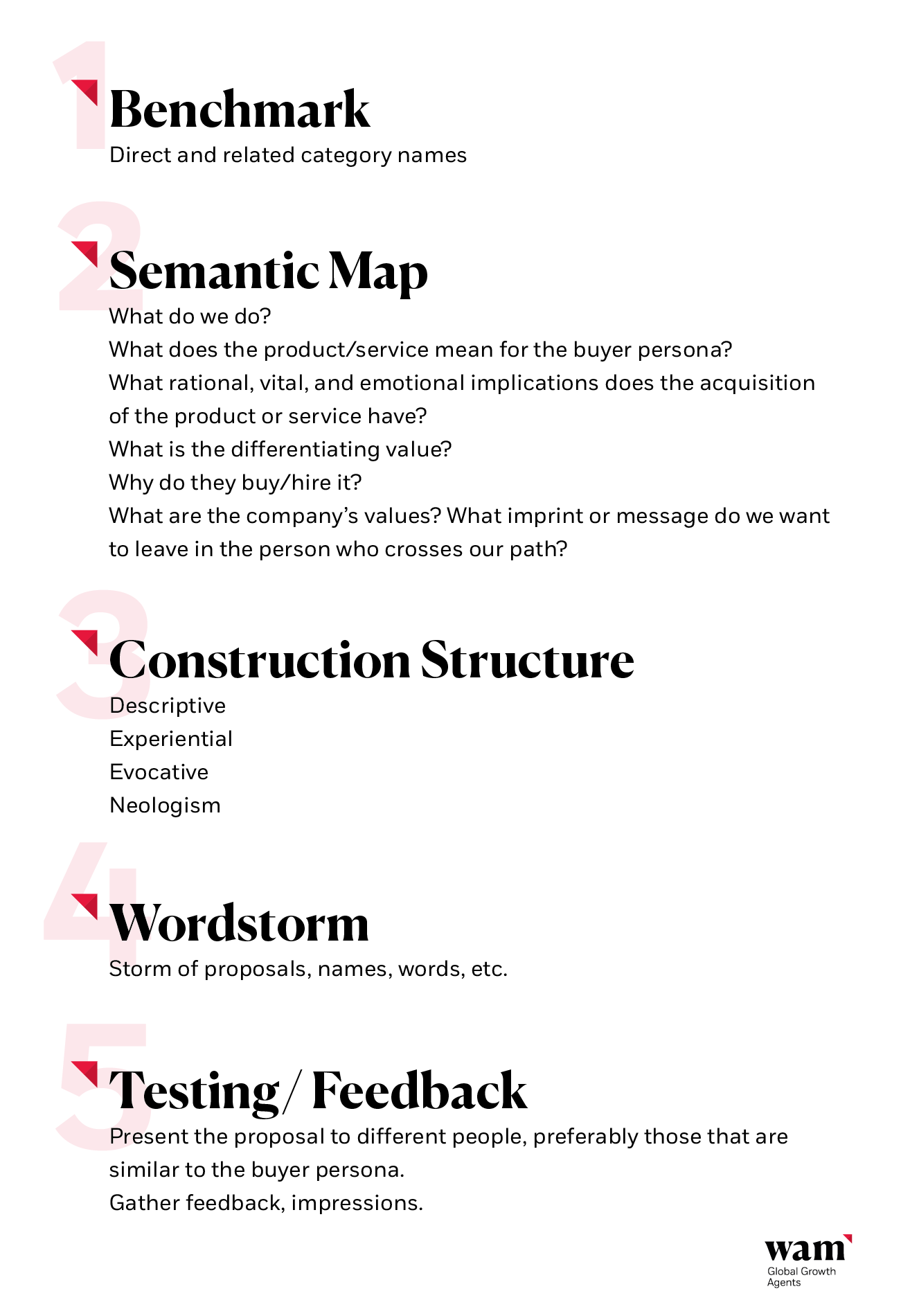
1. Benchmark direct and related categories
Carrying out a benchmarking can help you better understand the direct and indirect competitors of the brand you're about to create/rebrand. This process will also involve construction structures, idiomatic roots, and relevant meanings.
2. Semantic Map
Before you go ahead and think about anything, prepare a word map that answers all these questions and leave it visible.
What do we do?
What does the product/service mean for the buyer persona?
What rational, vital, and emotional implications does the acquisition of the product or service have?
What is the differentiating value?
Why do they buy/hire it?
What are the company’s values? What imprint or message do we want to leave in the person who crosses our path?
3. Construction structure
Every name has an origin, even the ones that are made up. Within this, there are different types:
DESCRIPTIVE
It describes what a company is or does. It can also be an acronym formed by the founders’ last names or with the primary service it offers. It locates the brand in the industry, making it easier for the public to recognize it. Examples include Emirates Airlines and Vodafone (Voice Data Fone).
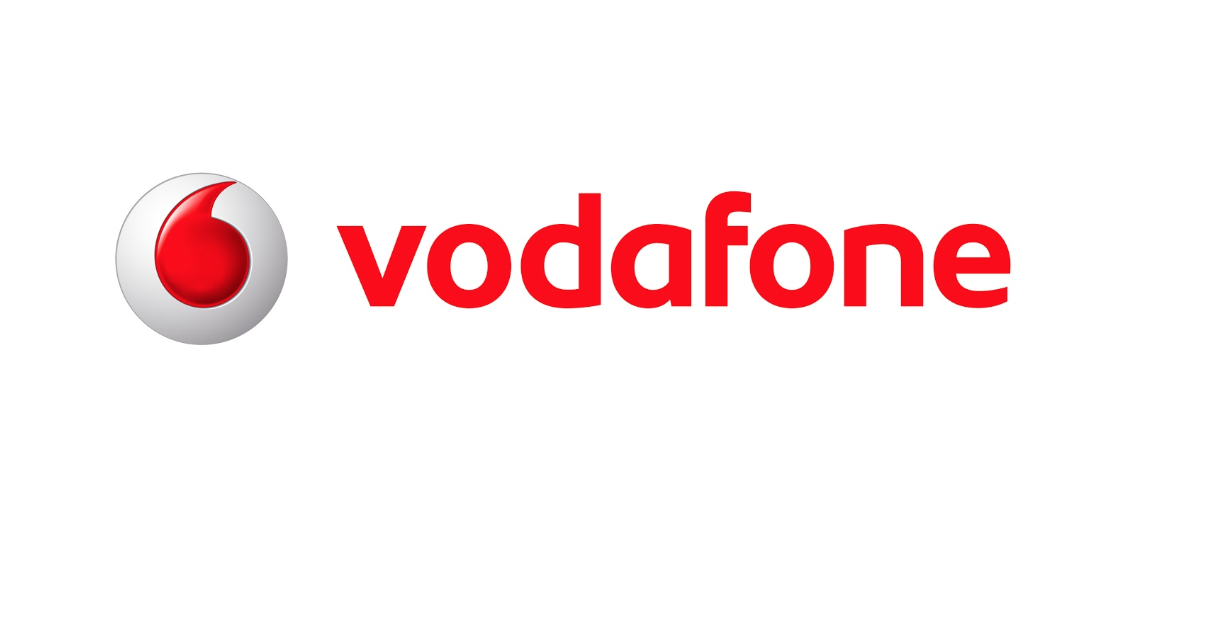
EXPERIENTIAL
This type is relative to the experience that the user has when upon acquiring the product or contracting the service or what the company does from the perspective of the human experience. They communicate something intangible. An example would be Nest, which is a company that creates home control devices.
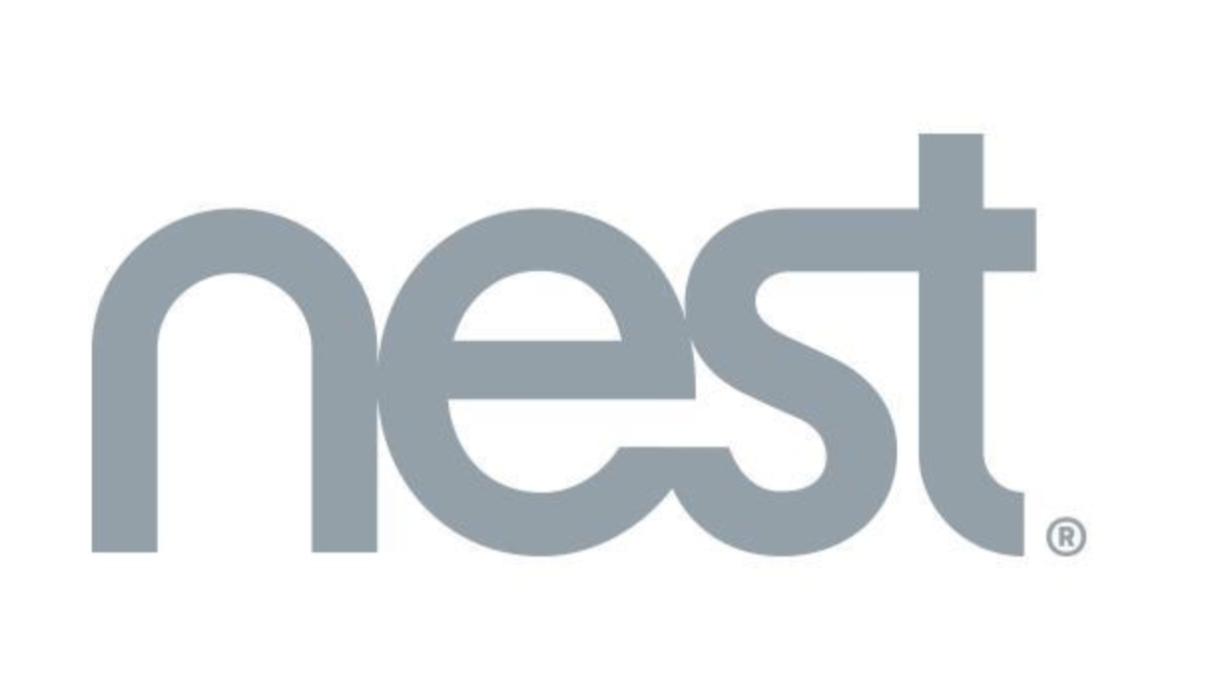
EVOCATIVE
This type refers to brand positioning from a metaphorical point of view. They move away from the products or services that a company provides to offer a broader perspective.
Nearly all the brands we’re familiar with have evocative names that evoke myths, legends, or the collective imagination. Examples include Asus and Nike.
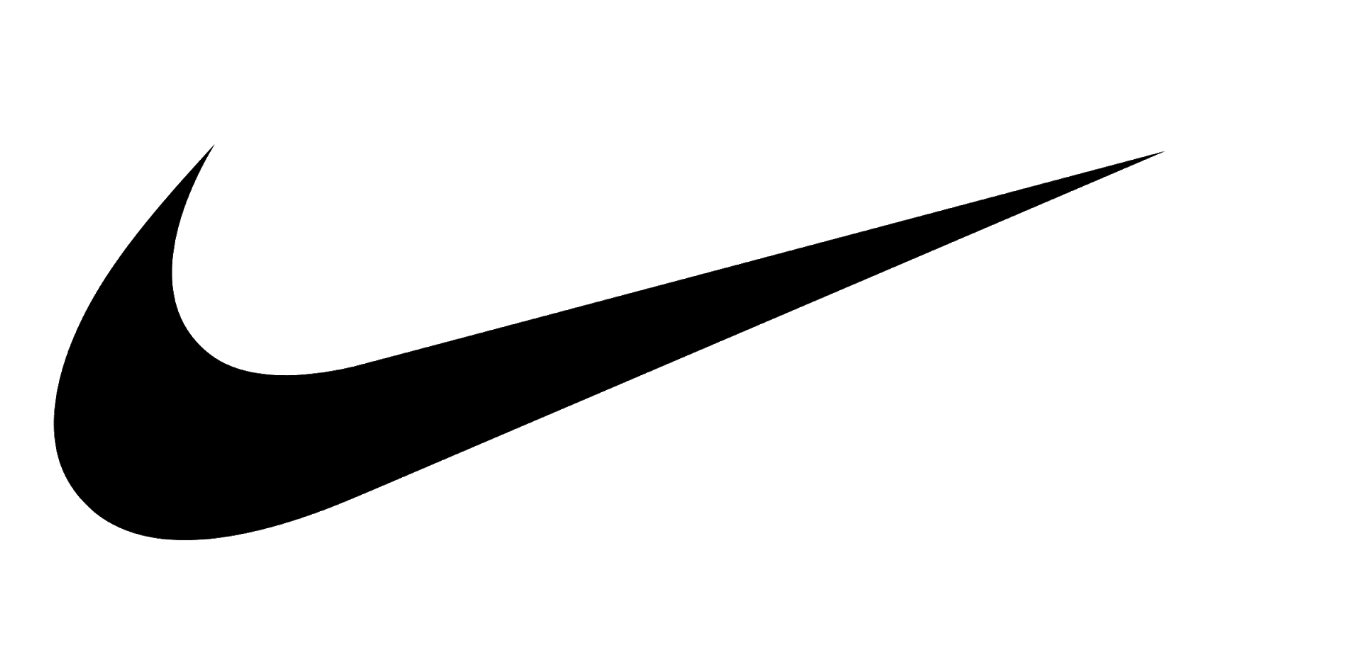
NEOLOGISM
This type refers to when you make up a word without any prior meaning or you so by mixing or associating two or more words. Many brands have been doing this since 2000 since there are no .com domains left for the most-used and interesting words in the dictionary. Robots have gone ahead of us. An example would be Wii.
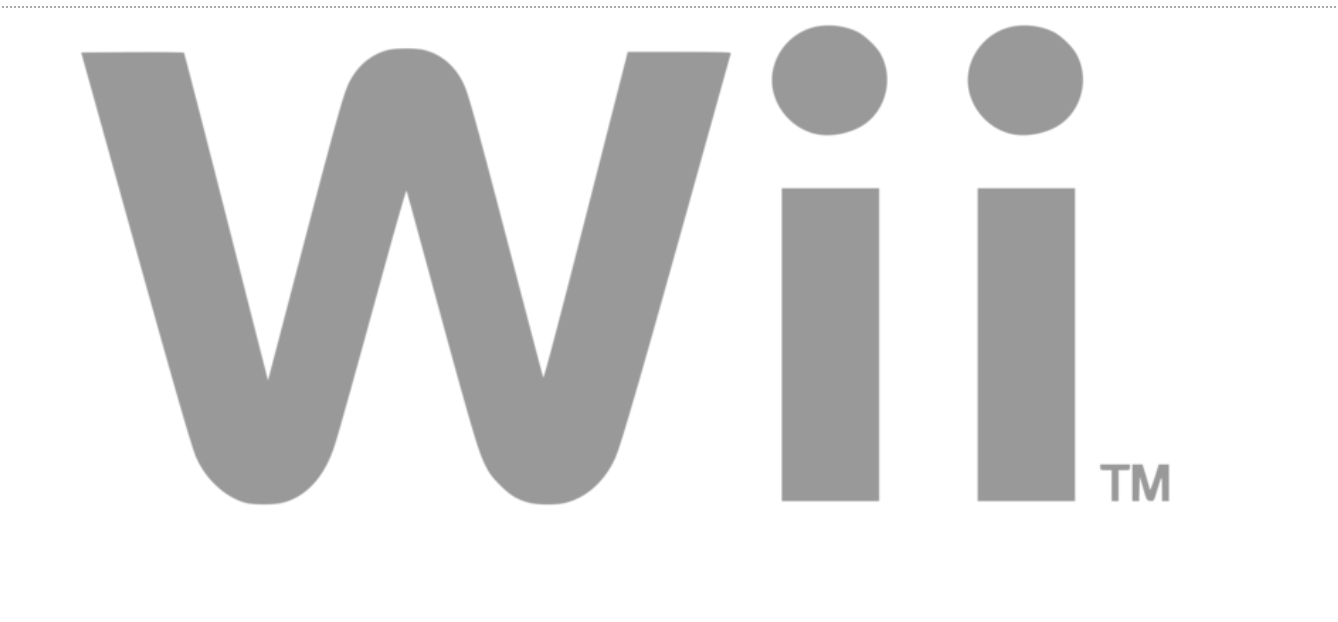
4. Word storm
Now it's time to take the previous steps and apply them to the word storm. Don’t limit yourself! Write, talk, think, write again, and so on. Once you have a lot of ideas (above 50 as a mínimum), you’ll be able to start narrowing them down. The ones that get the most points from the questions I list down below will qualify for the final step.
Is this brand:
Pronounceable?
Flexible?
Memorable?
Resonant?
Relevant?
Adequate for the value proposition?
Lacks confusion or negative connotation?
Able to be trademarked? (The most crucial point today)
We have to pay especially close attention to the last two points. Many products and firms don't consider their international expansion in the initial phases, something that can be a headache over time.
After passing the test with these questions, there should be between 15-20 possibilities that remain. Keep repeating this evaluation while adding a 1 to 5 scale for every item until you end up with only five names.
When it's time to register your trademark, you should look it up on WIPO to ensure that, at the very least, the American and European patents are available. It’s also critical you classify it within the previously-defined product and service categories from the US Patent and Trademark Office as well those categories stipulated in the International Patent Classification.
As you already know, you have to take into account that the name will only be registered as a trademark if it has not previously been. You also have to give yourself time. In Spain, you’ll need at least two months from the date you file to register the trademark for the trademark to be confirmed, whereas in the United States it takes between two to three months for the trademark registration process to complete. During this period, other brands could claim and file for possible conflicts of interest should they see fit.
5. The critical test in the rebranding process
Try to find a group of people, two or three, that are similar to your buyer persona, and run a trial by fire. Show them the different options you have on the table and take advantage of their presence to present your doubts without any fears in a professional and reserved manner. This test will help you discover if you’re going on the right path. In the case you can’t find anybody who fits your buyer persona, find friends or acquaintances you trust that don’t have any knowledge about branding and take advantage of them to derive different points of view.
With the feedback you get, select the three most relevant options. If you’re a professional and you’re going to present your proposal, try to associate it with an image without creating a logo. The name should be read without the influence of a font, shape, or isotope. That's part of the process that comes afterward. Try to make sure the people that are present don’t opine and record their favorites to share their impressions at the end of the presentation.
This outline is a simplified version of the process, and I hope it helps you, not only for a new rebranding but also for a reflection for a brand that’s about to come into the world.
Subscribe to our newsletter and stay up to date with the latest digital trends.
Subscribe to our newsletter and stay up to date with the latest digital trends.
No thanks. My inbox is fine as it is.